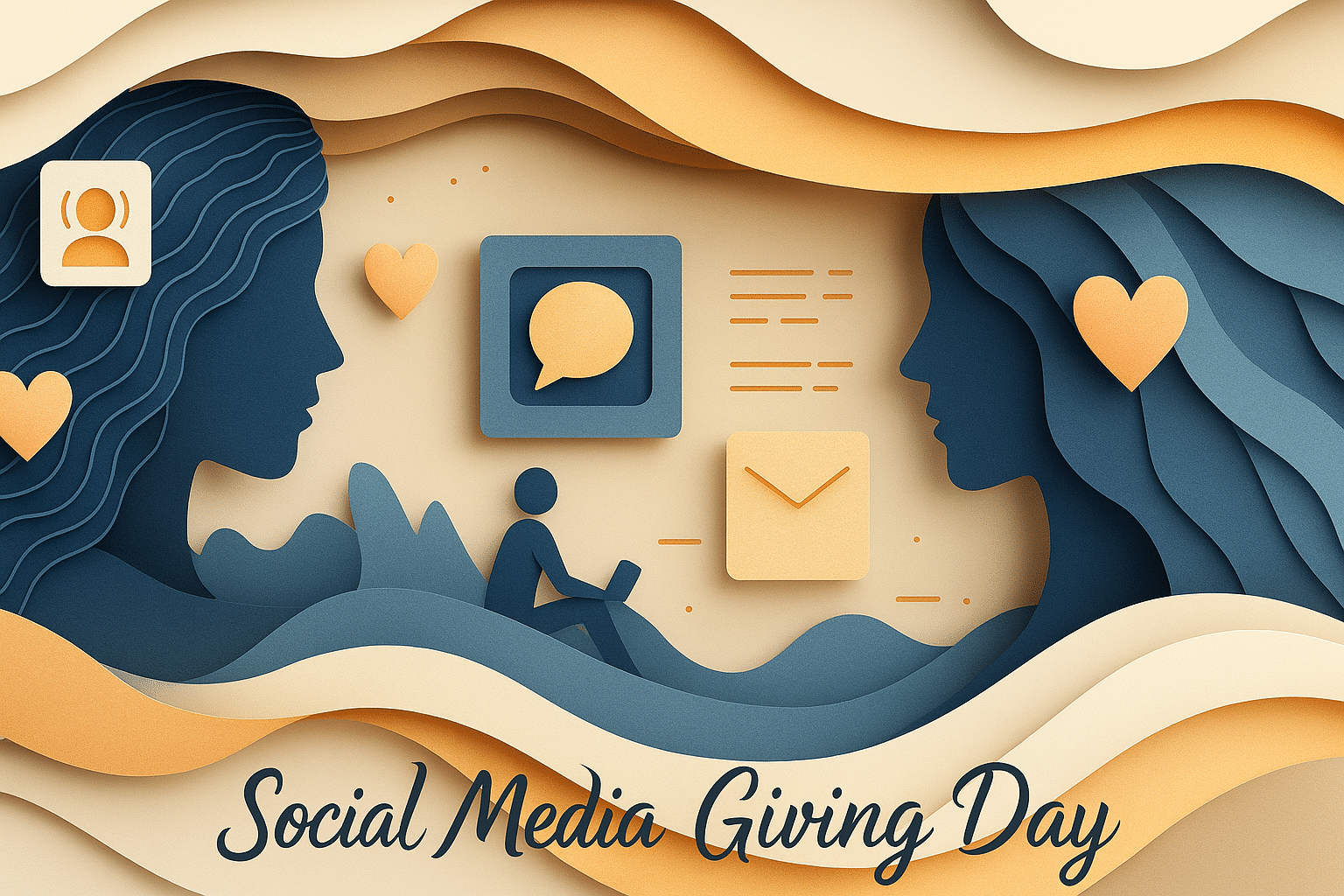What is Social Media Giving Day?
Social Media Giving Day is held every year on July 15 in the United States. It encourages people to use social media platforms to support charities, promote generosity, and raise funds for causes they care about. The day focuses on turning likes, shares, and posts into real-world action. From local nonprofits to global campaigns, organizations use this moment to reach wider audiences and encourage donations. The day shows how digital platforms can serve as powerful tools for good.
Social Media Giving Day highlights a shift in how people engage with giving. Donations are no longer limited to formal events or physical mailings. Now, a shared link or short video can reach thousands within minutes. This direct, personal way of fundraising has opened doors for small causes and individuals who might not have access to traditional channels. It allows supporters to not only give, but also invite others to join.
The day also promotes a culture of generosity online. People are encouraged to tag friends, use hashtags, and make their giving visible to others. This creates a ripple effect, where one act of support can inspire many. Social Media Giving Day blends personal expression with collective impact, reminding us that small actions can lead to big results when amplified through networks.
History and Origin
Social Media Giving Day was launched in 2013 with the support of Givver, a platform created to make social media donations quick and easy. The founders wanted to use the power of Twitter and other platforms to simplify the donation process. By creating a specific day for digital giving, they aimed to inspire people to think of social media not just as entertainment, but as a tool for change. The campaign was embraced by local governments and nonprofits across the United States.
Over time, the day became more than a hashtag. Organizations began planning campaigns around it, sharing success stories, and using it as a launchpad for annual fundraisers. Social Media Giving Day also sparked broader conversations about transparency, online influence, and the responsibility of users with large followings. The goal was not just more money, but more mindful giving.
Since its beginning, the day has grown in reach. It is now used by international organizations, small community groups, and even individuals raising money for personal causes. It has become part of the broader movement toward digital philanthropy, where giving is more immediate, more public, and often more emotional.
Who participates in Social Media Giving Day?
- Nonprofit organizations: Use the day to launch campaigns, raise funds, and connect with supporters.
- Digital influencers: Share causes with their audiences and encourage followers to take part.
- Social media users: Post donation links, stories, or personal reasons for supporting specific efforts.
- Fundraising platforms: Highlight active campaigns and provide tools for easy sharing.
- Small charities and local groups: Use the visibility of the day to reach beyond their usual networks.
Slogans and Themes
Common themes include generosity, community, and digital empowerment. Slogans like “Click to Give,” “Share the Love,” and “One Post Can Change a Life” reflect the fast and collective nature of online giving. Many campaigns use humor, emotion, or storytelling to create a bond between the audience and the cause. The day invites people to reflect on the kind of influence they want their online presence to have.
Colors, Symbols and Patterns
Colors
- Light blue: Often used to reflect digital spaces and trust.
- Green: Symbolizes growth, generosity, and new beginnings.
- Orange: Represents energy, action, and community.
Symbols
- Heart icons: Often used to represent kindness and the emotional side of giving.
- Share arrows: Emphasize the viral nature of social media support.
- Mobile phone shapes: Reference the digital tools used in modern fundraising.
Patterns
- Hashtag motifs: Reflect the social media origins of the day.
- Ripple effects: Used to show how one act of giving can spread through networks.
- Chat bubble icons: Represent conversation and connection in digital spaces.
Most used hashtags
- #SocialMediaGivingDay
- #GiveBack
- #ClickToGive
- #SupportNonprofits
- #DonateToday
How do you celebrate Social Media Giving Day?
- Donate to a cause: Choose a campaign that matters to you and give through a trusted platform.
- Share a story: Post about why a cause matters to you and encourage others to get involved.
- Create a fundraiser: Start a campaign for a nonprofit or personal cause and share it with your network.
- Support with likes and shares: Help campaigns reach more people by boosting them online.
- Thank others publicly: Acknowledge people who give and show appreciation to keep the momentum going.
Why is Social Media Giving Day important?
This day is important because it brings generosity into the digital world. It shows that social media can be more than distraction or debate. It can be a space for empathy, community, and real help. By encouraging visible giving, the day helps normalize generosity and makes it more accessible. Everyone with a phone or computer can take part.
It also gives small voices a larger platform. Local groups, individuals, or causes without big budgets can still make an impact. With enough shares, even the smallest fundraiser can reach strangers across the globe. Social Media Giving Day reminds us that the tools for change are already in our hands — we just have to use them.
July 15: Social Media Giving Day (United States)
Why do you keep falling for the same type?
Read the article Lovemaps: the hidden blueprint of our love.

